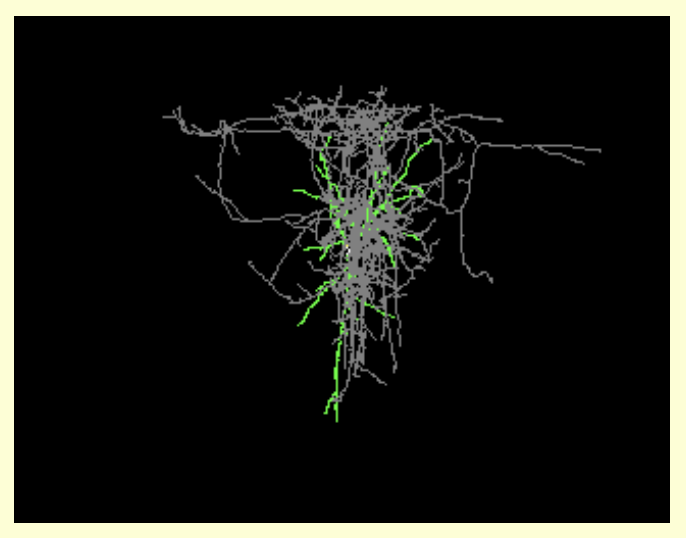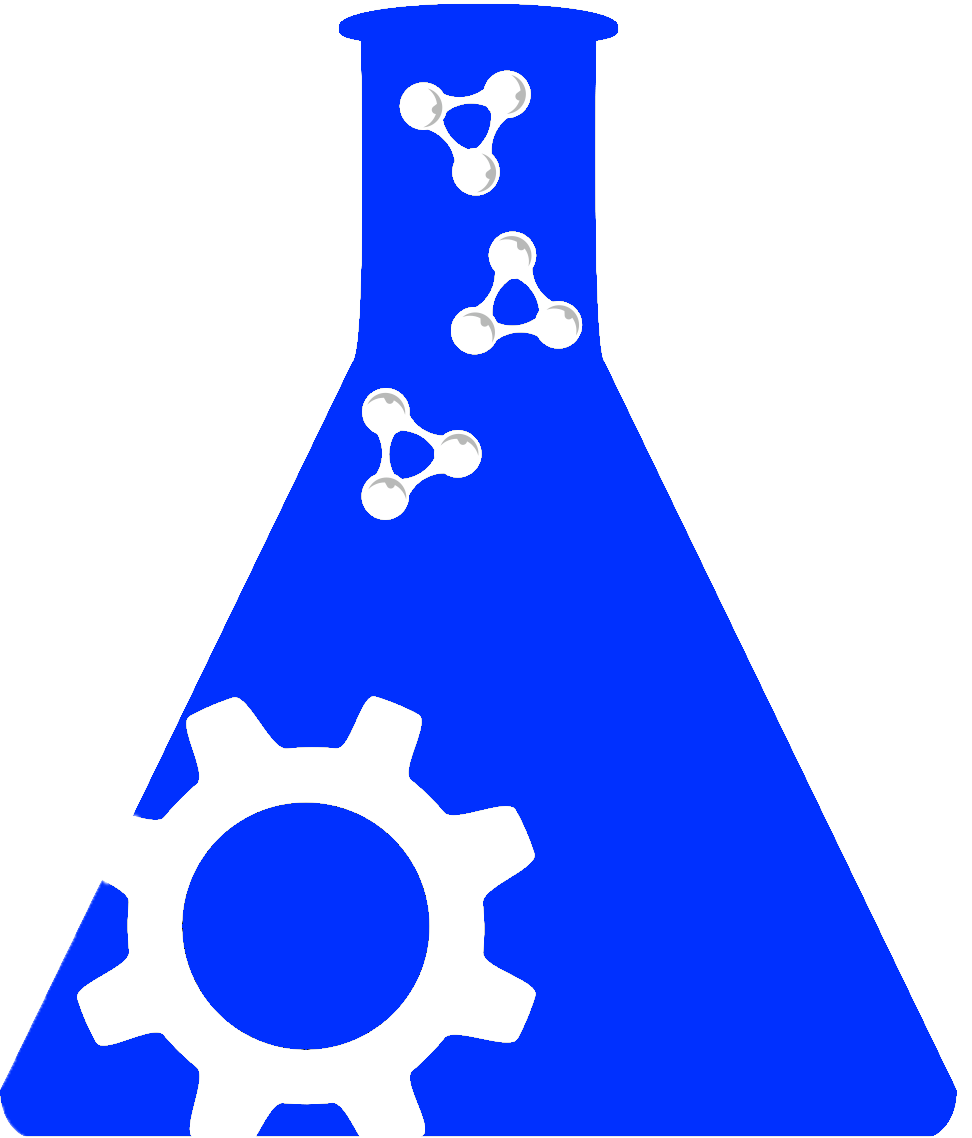Linkage Disequilibrium Analyses for Quantitative and Discrete Traits (RRID:SCR_013365)Copy Citation Copied
URL: http://www.sph.umich.edu/csg/abecasis/QTDT/
Proper Citation: Linkage Disequilibrium Analyses for Quantitative and Discrete Traits (RRID:SCR_013365)
Description: How is association mapping going to help me find genes? During the past decade, the genes for a large number of rare mendelian traits have been identified. However, traditional linkage analyses lack power and precision when applied to complex disease. Association mapping, which compares the effects of different chromosomal variants, may be more successful at identifying genes of small effect. How does QTDT help association mapping? Association mapping can produce misleading results when the study population is not homogeneous, but includes individuals with different genetic backgrounds. Family based association tests, commonly referred to as TDTs (Transmission Disequilibrium Tests), do not produce misleading results in these circumstances. QTDT can use all the information in a pedigree to construct powerful tests of association that are robust in the presence of stratification. What does the Q stant for ? Q stands for Quantitative. Quantitative traits provide effective descriptions of many complex diseases, including asthma. For many of these conditions, all or nothing definitions of disease are arbitrary and unsatisfactory. QTDT incorporates variance components methodology in the analysis of family data and includes exact estimation of p-values for analysis of small samples and non-normal data. The QTDT abbreviation (for Quantitative Transmission Disequilibrium Tests) was first used by David Allison in his 1997 paper. This research was supported in part by the intramural program of the National Eye Institute and by National Institutes of Health Grants EY016862, EY007758, EY09859, EY012118, P30-EY014801, EY-014458, EY014467, HL084729, and HG002651, by the Foundation Fighting Blindness, the Macula Vision Research Foundation, the American Health Assistance Foundation, Research to Prevent Blindness, the Pew Charitable Trusts, the Mayo Clinic Foundation, the Casey Macular Degeneration Center Fund, the Marion W. and Edward F. Knight AMD Fund, the Harold and Pauline Price Foundation, National Genotyping Centre of Spain, and the Elmer and Sylvia Sramek Foundation. The Center for Inherited Disease Research, fully funded through a federal contract (HHSN268200782096C) from National Institutes of Health to
Synonyms: QTDT
Resource Type: data or information resource, software resource, database, software application
Expand Allhas parent organization |
We found {{ ctrl2.mentions.total_count }} mentions in open access literature.
We have not found any literature mentions for this resource.
We are searching literature mentions for this resource.
Most recent articles:
{{ mention._source.dc.creators[0].familyName }} {{ mention._source.dc.creators[0].initials }}, et al. ({{ mention._source.dc.publicationYear }}) {{ mention._source.dc.title }} {{ mention._source.dc.publishers[0].name }}, {{ mention._source.dc.publishers[0].volume }}({{ mention._source.dc.publishers[0].issue }}), {{ mention._source.dc.publishers[0].pagination }}. (PMID:{{ mention._id.replace('PMID:', '') }})
A list of researchers who have used the resource and an author search tool
Find mentions based on location

{{ ctrl2.mentions.errors.location }}
A list of researchers who have used the resource and an author search tool. This is available for resources that have literature mentions.
No rating or validation information has been found for Linkage Disequilibrium Analyses for Quantitative and Discrete Traits.
No alerts have been found for Linkage Disequilibrium Analyses for Quantitative and Discrete Traits.
Source: SciCrunch Registry





